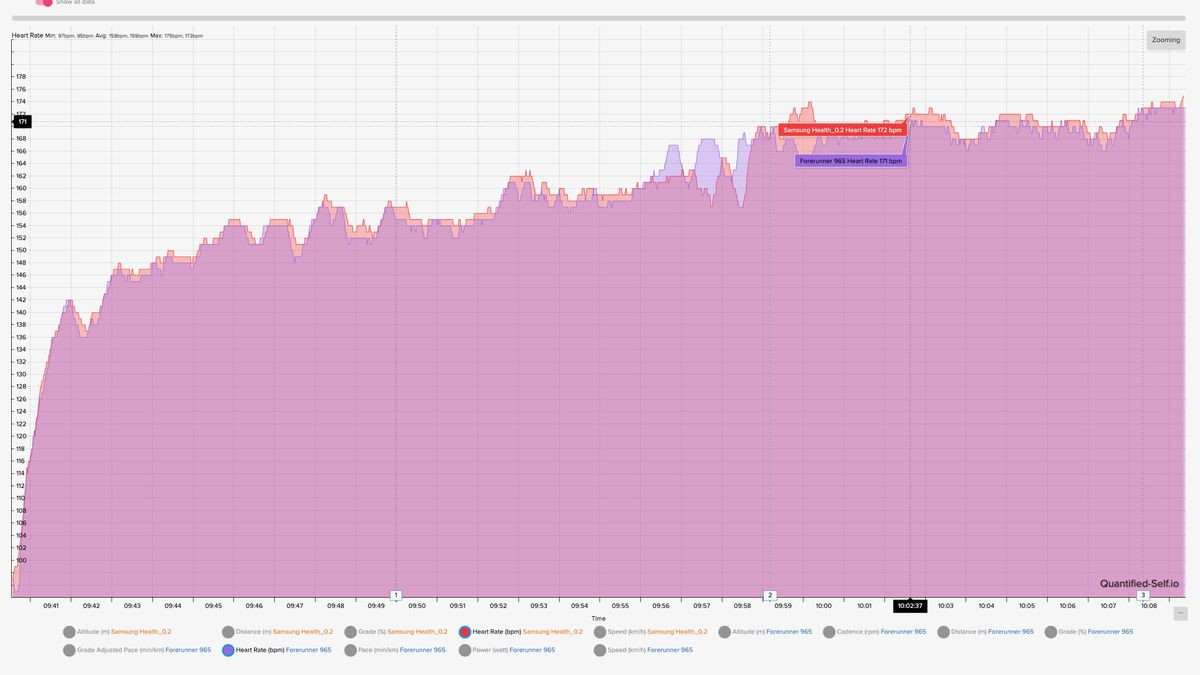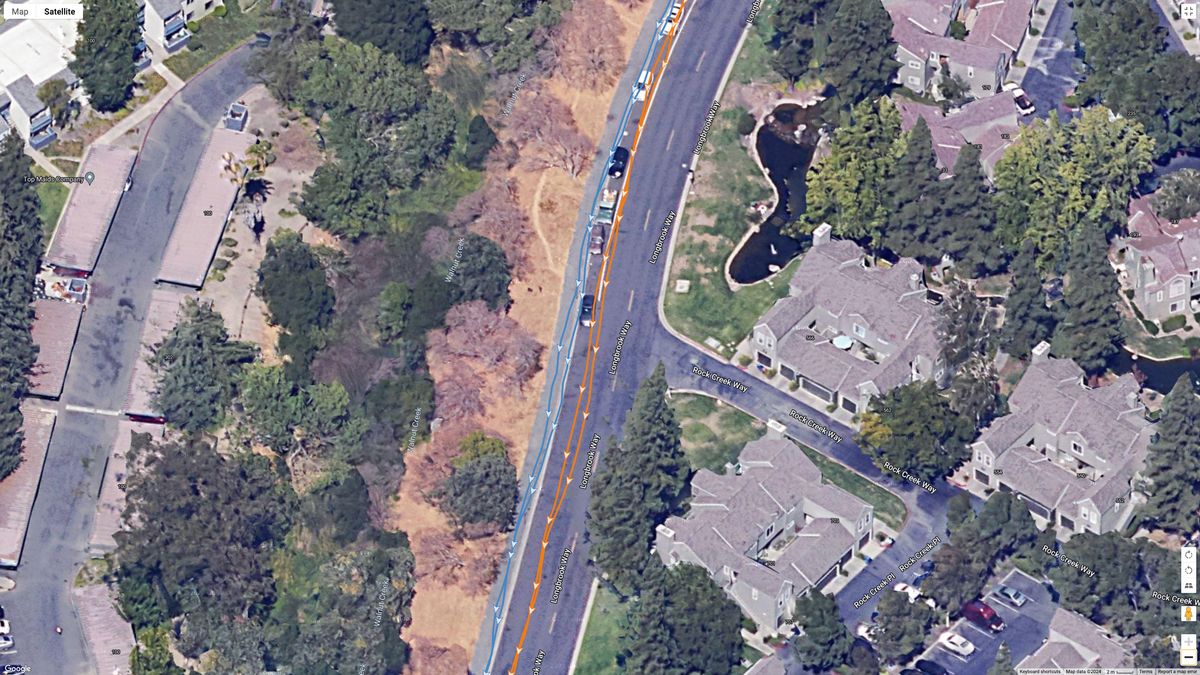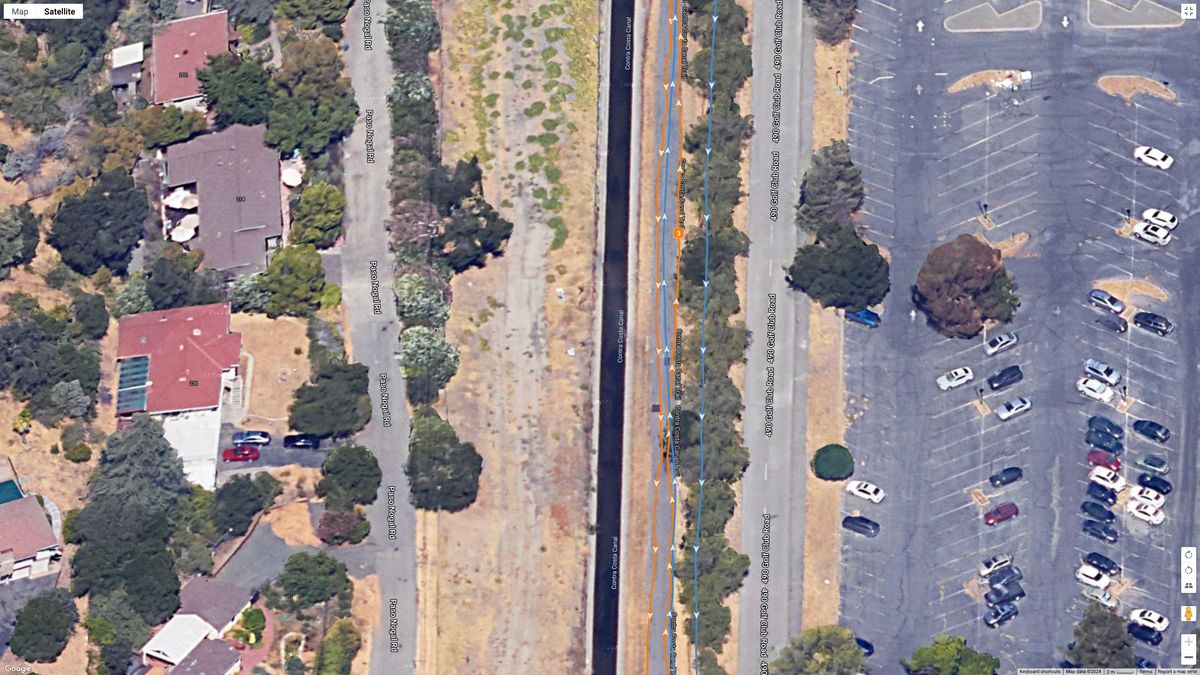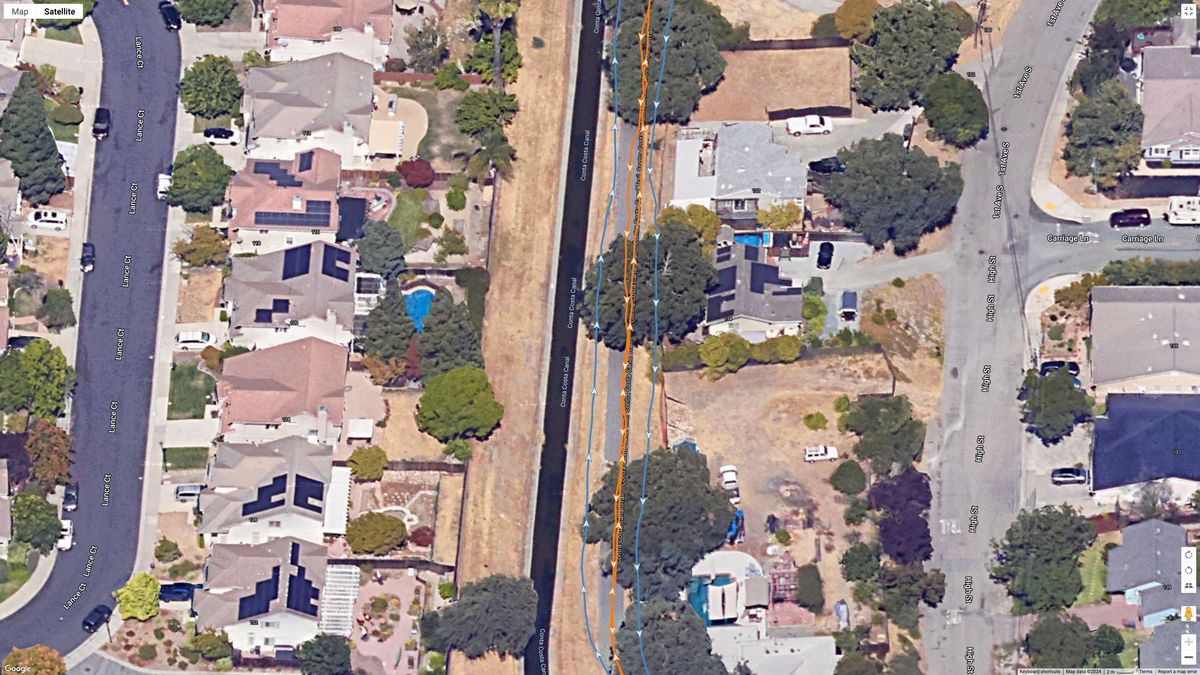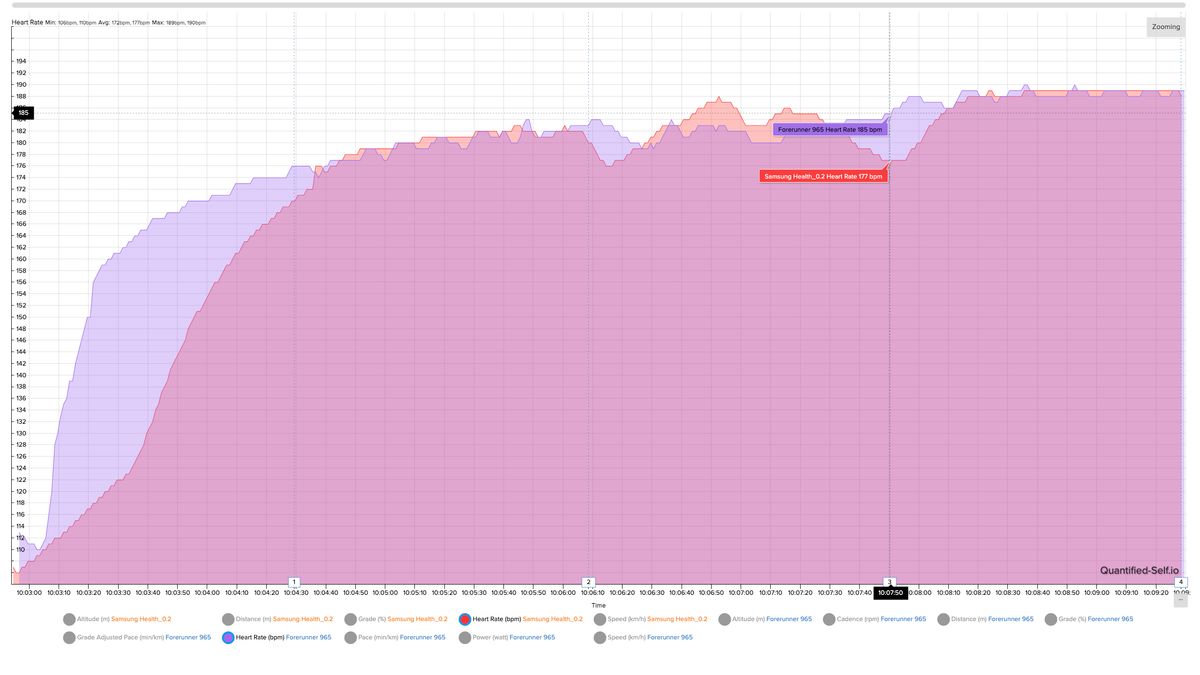In this weekly column, Android Central Wearables essayist Michael Hicks talks about the world of wearables, apps, and status technology indistinguishable from work and status, in his quest to get faster and more healthy.
I spent last month cursing Samsung for not taking the situation as seriously as its competitors. Unpacked revealed that the Galaxy Watch 7 and Extreme had retuned HR accuracy and dual-band GPS turned my excitement for the watches up to 11, though I had to check out those upgrades for myself. After working for two days, I am exceptionally creative!
My Galaxy Overseas Ultra review unit reached 102ºF on Thursday afternoon, so my testing life was limited to the last two tough mornings (I’m scripting this on Saturday). I’ll be doing additional in-depth testing in about 1.5 weeks, although I wanted to get this done early for anyone who is allowed to preorder the Overseas 7 or Ultra.
There are four primary upgrades from the Galaxy Oversea 6 to the Galaxy Oversea 7 and Ultra: faster Exynos, double the storage capacity, triple the LEDs in the base position sensor, and dual-band GPS. The first two are welcome but have predictable annual improvements, while the value of the last two is relatively subjective. Is the Oversea 6 HR and GPS information used in such a good amount that you would wait to improve, or put it on OS athletes want Improvement?
My Galaxy Overseas Extreme Condition Check

To test their accuracy, I ran wearing a Galaxy Oversea Extreme on my left wrist, a Garmin Forerunner 965 on my right wrist, and a Coros Center Charge Track synced to the Garmin on my arm for extra accurate HR effects.
The Garmin Attendee was keen on the SatIQ method, which starts with GPS only to save battery but switches to a dual-band method if the signal is interrupted. In theory, the Galaxy Overseas Ultra stays in the dual-band method by default, which is more good.
My first 5K jogging loop ended with 3.11 miles of monitoring from both the Garmin and Samsung with a 159 bpm center charge. It was a great start, although the chart above shows some center-rate gaps where Samsung has more or less balanced out my struggles. The GPS map shows the Garmin (blue) extra stuck on my mark, the moment the Samsung (orange) went extra into the road during the loop.
My second five-mile run ended with the Galaxy Oversea Ultra tracking 5.04 miles and an average of 145 bpm. The Garmin Forerunner 965 was slow at 5.01 bpm and the Coros HRM was slow at 146 bpm.
In this test, the Galaxy Oversea Ultra’s dual-band GPS map outperformed Garmin’s SatIQ map. On the out-and-back course, the Samsung consistently caught the moment the Garmin went off the track. And at an early point where I was working across the street during some construction, the Samsung better captured the hour where I ended up watching cars drive past.
As far as center fee is concerned, the Samsung generally matched the peaks and valleys of the HR track, but lagged significantly through quick adjustments. It’s pretty consistent for wrist-based viewing of HR data, so Samsung is in excellent company. Except for a few blips, Xtreme remained close in accuracy.
To finish things off, I did a one-mile sprint in Lane 2 of the track to test the Galaxy Oversea Ultra accuracy in max combat. In this case, the Samsung slowed down to 1,670 meters, while the exact distance was 1,640 meters; The Extreme’s 171bpm average was 6bpm shorter than the Coros HRM.
You will immediately understand the center fee issues at the beginning of my run. I’ve expanded this to diverting my attention to footage before runs and not getting it tight enough anymore; As I pumped my fingers, it wobbled until I tightened it up on the first lap, and the results went up (though not immediately). Nevertheless, the Galaxy Oversea Ultra effect was off by about 5-8 bpm at several points before completely heading in the right direction during the final lap.
The GPS map used to be a bit tricky, although I have yet to find it Any Take care of a position that fits perfectly into my lane during the practice run, so I won’t learn residuals in it.
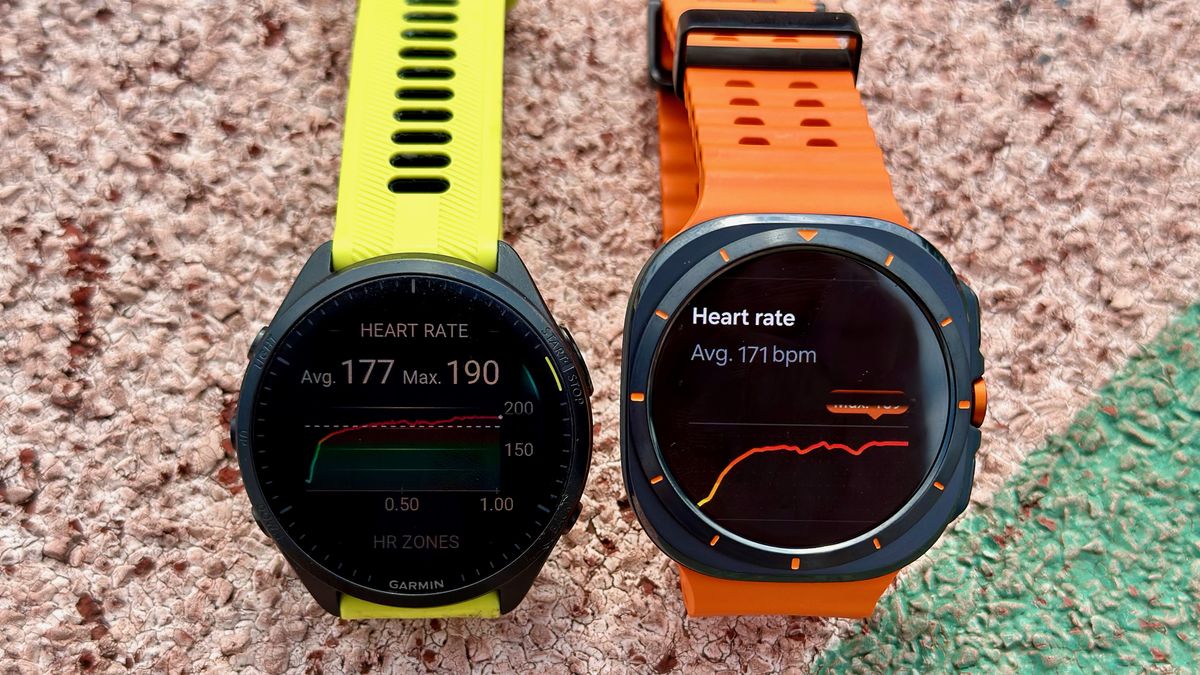
Overall, my GPS impressions have been much better than what I was given the last time I checked the position of the Galaxy Oversea 6; My center charge effect has been better, although I need to do additional anaerobic exercise to see if the practice race problems were incidental.
As an aside, Samsung’s move used to be a bit strange. It almost felt surreal when I counted the 1,000 steps by the minute, although I guess some steps get missed when you’re working. My cadence (small steps) dropped by a few spm each run, and my daily step count dropped by about 100 steps from the Forerunner 965 for every few thousand steps. Garmin watches have won many of my step-counting tests, so I think it deserves more information here.
Thoughts on understanding with Galaxy Overseas Extreme

The Galaxy Overseas Extreme and Overseas 7 have the same dual-band GPS and redesigned HR LEDs, so you’ll have to recover position effects compared to the previous generation Galaxy Watch, no matter which one you choose.
Focusing specifically on the Galaxy Overseas Ultra, I wrote earlier this time that I’m disappointed that the Ultra has a lazy crown. I really like having a dedicated button for inactivity or resuming a workout, only to find it frustrating when I have to swipe up more than once to change screens, even if I have to wipe the sweat off my hands. Have to struggle. It’s not a big deal, but I hope Samsung makes it a suitable type of crown for the current Ultras.
Samsung sent me the heavier Ocean Band, as I preferred the nylon Path Band to be lighter in weight and fit very well on my wrist. Over time my hand has become trained to larger case watches, so I didn’t find the Galaxy Overseas too difficult to wear; As mentioned, people with smaller wrists will have to struggle with each other first and pay attention to whether they agree.
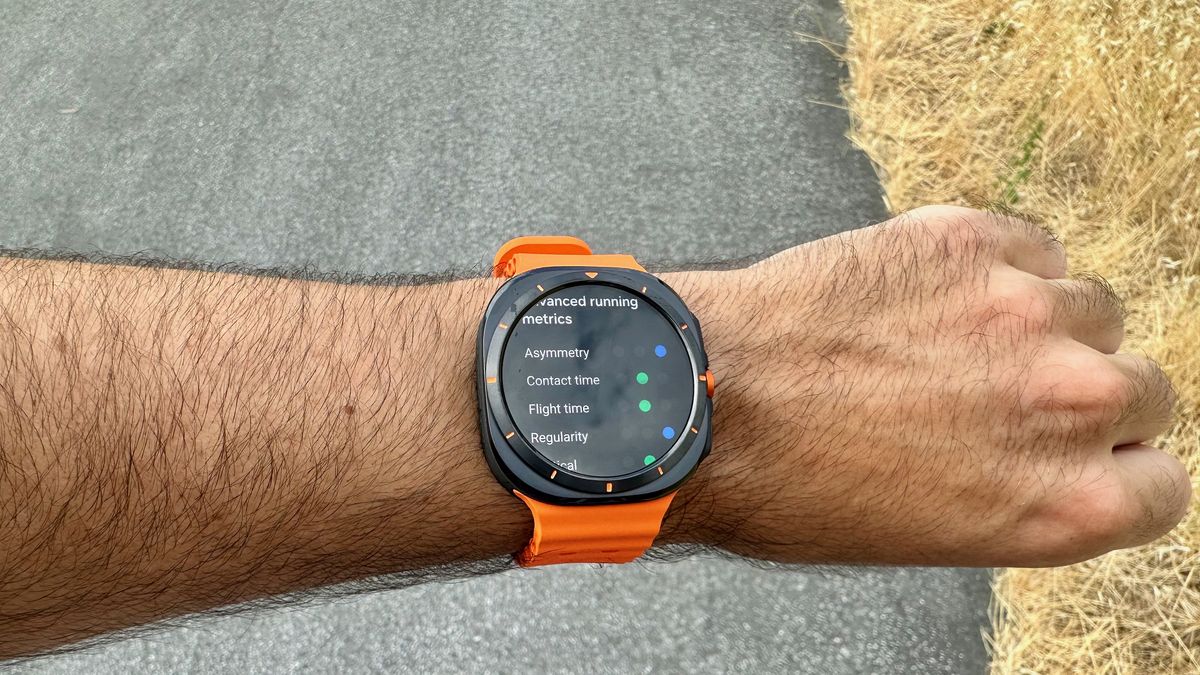
I really like a few,000 nits of lighting on shows. Like my Apple Overseas Ultra 2, colors remain colorful and text remains readable in bright conditions.
Samsung told us that the Galaxy Overseas Ultra can last up to 16 hours in normal conditions with full GPS. I started my run with the Extremely at Complete rate and ended at 85% after two hours of work and auto-track running. It can theoretically run the Ultra on generation for up to 13 hours, which is not much less than Samsung’s guarantee.
If nothing changes in the current investigation, the Galaxy Oversea Ultra (or the more affordable Galaxy Oversea 7) will easily topple the best-positioned watches on the market. Samsung still has an option to move forward on the device side – I’d love to see training loads or recommended activities built into OS updates currently – but as for hardware, it’s stuck up to the competition.
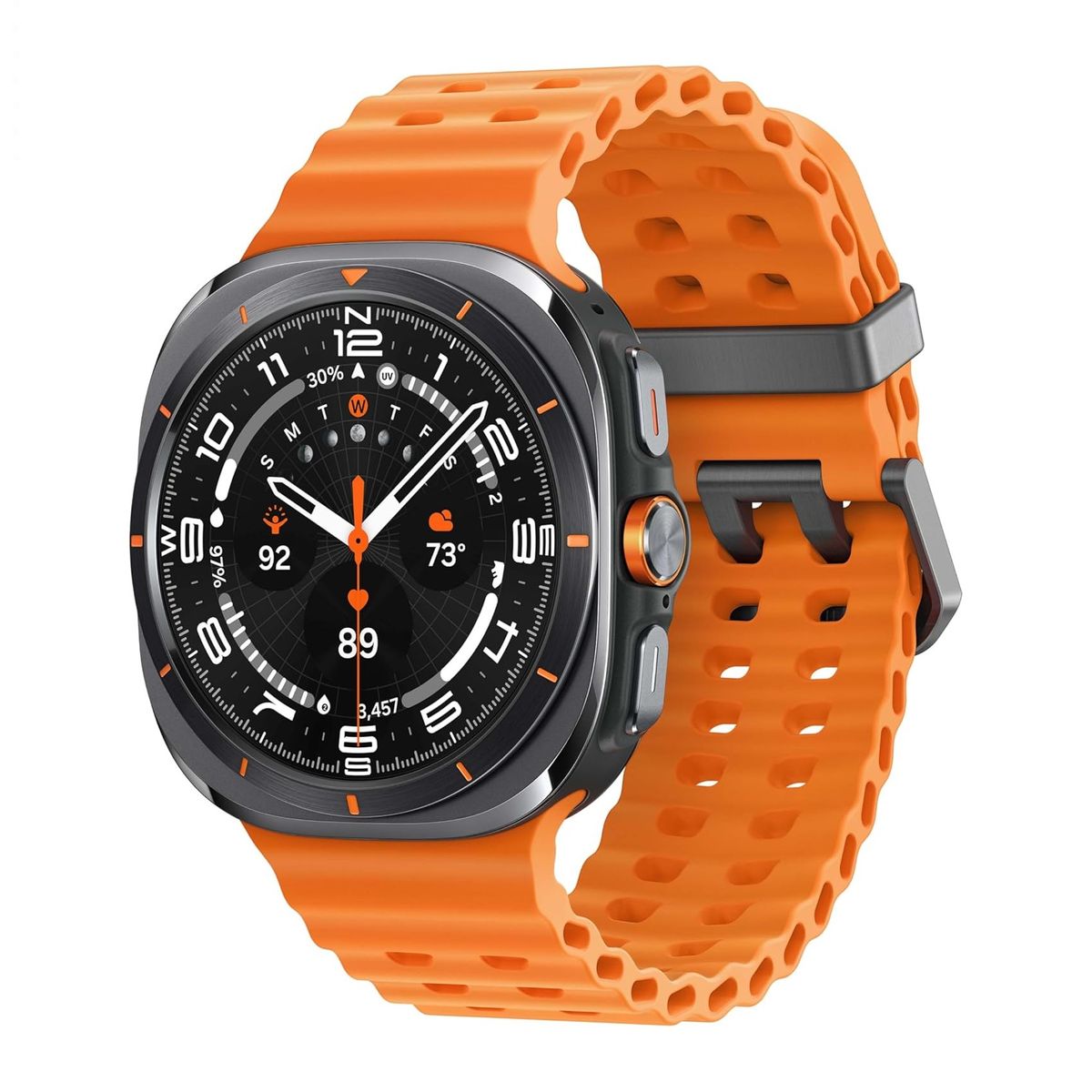
Samsung Galaxy Extremely Overseas
Discover more from news2source
Subscribe to get the latest posts sent to your email.


